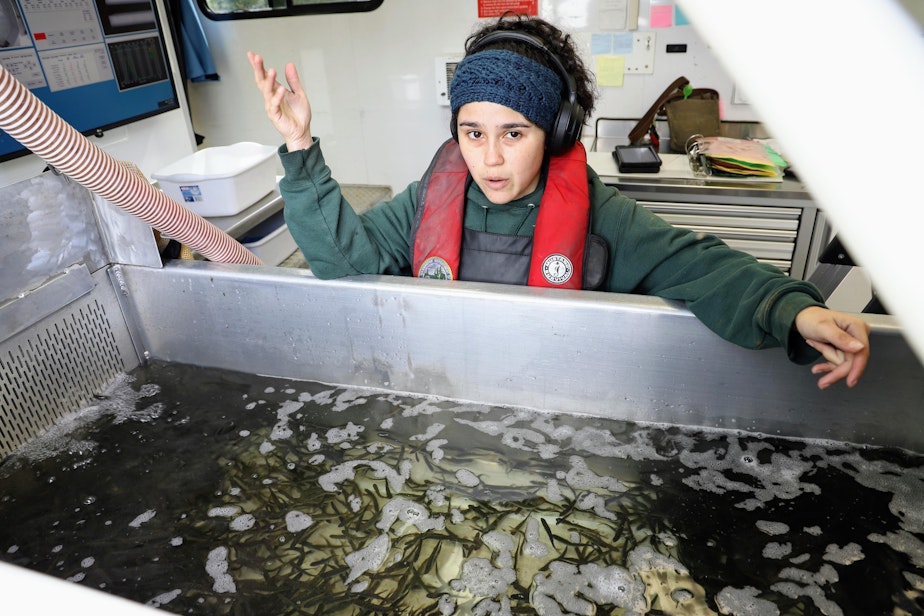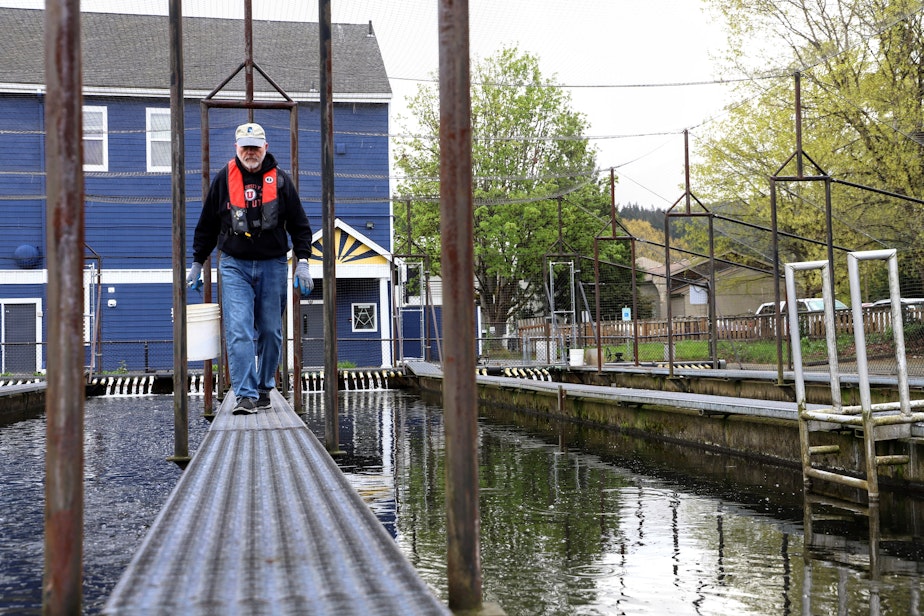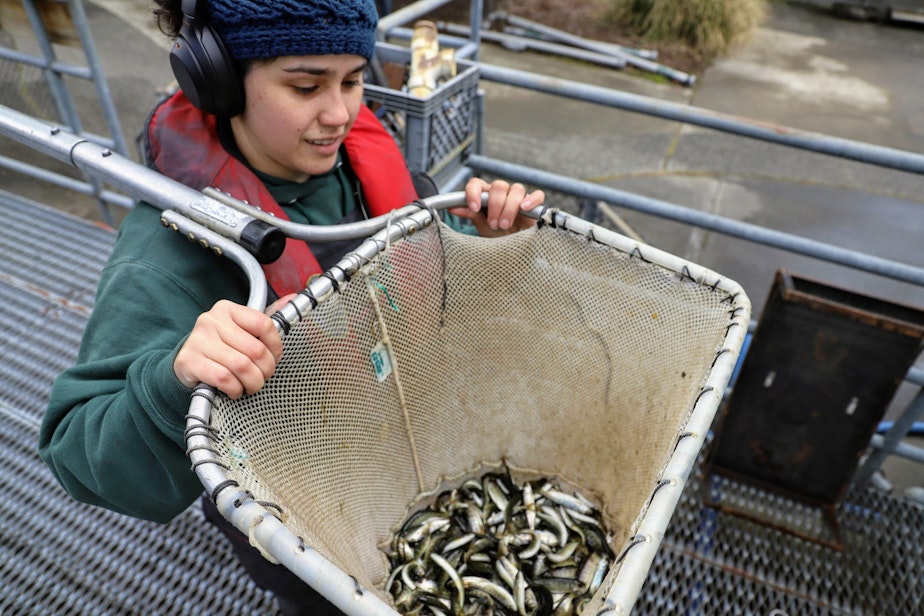The city where salmon might be the most famous residents: Travel For Good

Salmon are an important part of culture and nature in Washington state. But they face obstacles to survival. Humans have polluted and destroyed salmon’s watery habitats.
The Issaquah Salmon Hatchery, just a half-hour drive from downtown Seattle, is one of many hatcheries in the state. They aim to boost local salmon populations. Though there’s debate among some scientists and conservationists about these facilities, hatcheries breed fish and provide protected places for their young to grow.
“If you were eating salmon that came from Washington, there's more than an 80% chance that it came from a hatchery,” says Megan Ewing, an education and volunteer coordinator at the Issaquah hatchery.

This facility is located in downtown Issaquah. From fall to early spring, the hatchery is home to up to five million fish, mostly Chinook and coho salmon. They live in a series of in-ground concrete pools called raceways surrounded by a fence and netting to keep predators out. In the spring the hatchery releases its larger salmon into Issaquah Creek, which runs through the property. If they survive in the wild, they’ll return to the creek in a few years to spawn.
When the salmon return from the Pacific Ocean — after making their way through the Ballard Locks, the Seattle Ship Canal, three urban lakes, the Sammamish River, and Issaquah Creek — hatchery workers and volunteers harvest eggs and semen from some of the fish and mix them together to create a new generation.
Sponsored

But some scientists believe hatcheries alone don’t balance out the damage humans have done to wild salmon habitats.
“They're not a substitute for taking care of the environment out there that's already producing wild fish and maintaining native genetics,” said Jeffrey Jensen, a salmon researcher and faculty member at the University of Washington Bothell.
Still, Issaquah’s hatchery is a popular tourist attraction. People visit to learn about the delicate life cycle of salmon. The largest crowds come in fall, when the salmon return for spawning. Visitors line the creek to watch the silvery fish swim upstream. There’s even a salmon festival here in early October.
Springtime is quieter. You won’t see adult salmon swimming up the creek, or in their holding ponds, but you can still visit the adolescent fish on the property – and check out the hatchery’s aquarium room, where you can find educational resources.
Sponsored
The Issaquah Salmon Hatchery is free to visit and fully ADA accessible. It’s open year-round, seven days a week, from dawn to dusk.

This piece is from our eight-part Travel For Good series, spotlighting tourism ideas across the state that teach about our fragile wonders and how we can help protect them. Check out more stories from the series here.
Want to share your social good travel ideas with us? Send an email to zhamid@kuow.org. We might feature your submission in future stories!




